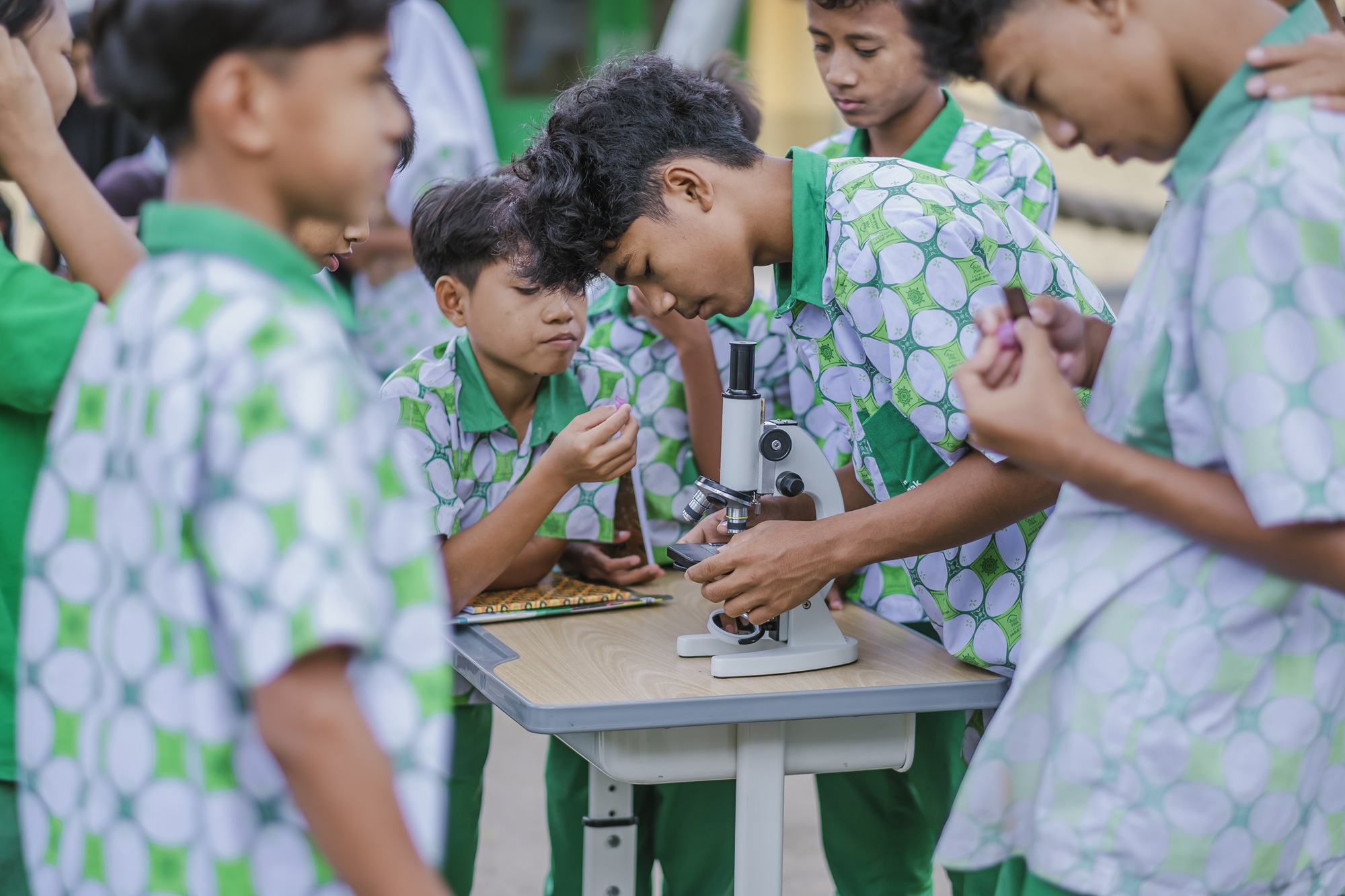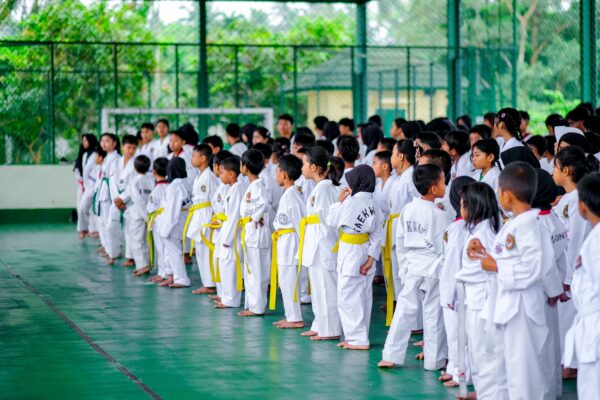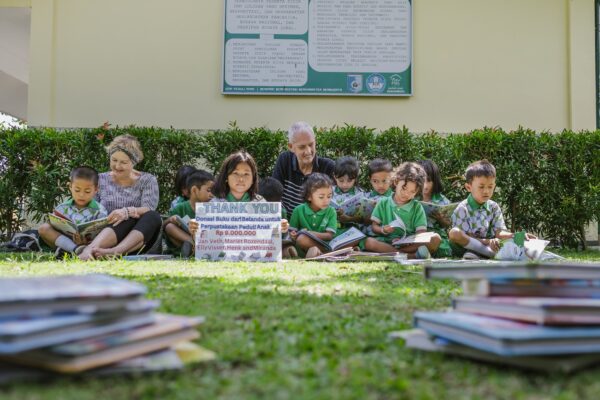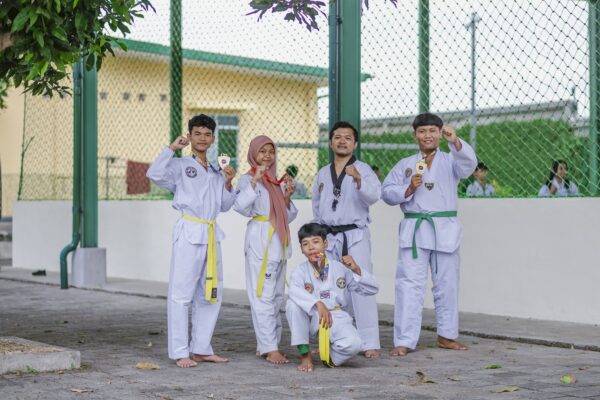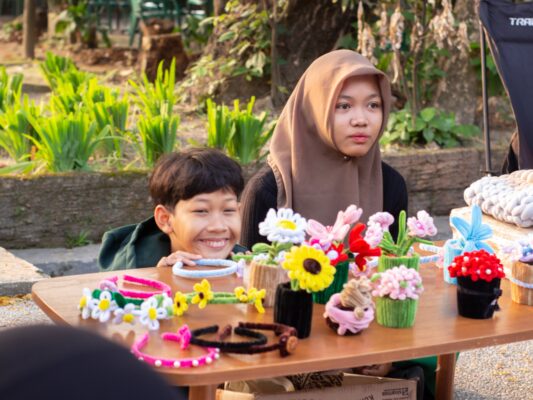Exploring Science Through a Microscope
Science doesn’t have to be complicated to be fun. In fact, at Peduli Anak Middle School, it’s often full of wonder, teamwork, and “wow” moments! Recently, our 8th grade students had one of those unforgettable learning experiences during a science session focused on observing shallot cells under the microscope.
Here’s how the day unfolded and what made it so special for our curious young scientists.
A Closer Look at Nature
For most of our students, this was their very first time using a microscope. And what better way to start than by exploring something as close to home as shallots?
Guided by their science teacher, the students prepared the shallot slides and learned how to focus the microscope. As each child took a turn looking through the lens, their faces lit up with surprise and curiosity. Seeing the tiny structure of cells up close sparked a lot of questions and excitement.
“It’s so cool to see something so small like the shallot cells that are hard to see without equipment like a microscope,” said Ibnu, one of our 8th graders, smiling from ear to ear.
It was a simple but powerful reminder: sometimes, the smallest things in life can leave the biggest impression.
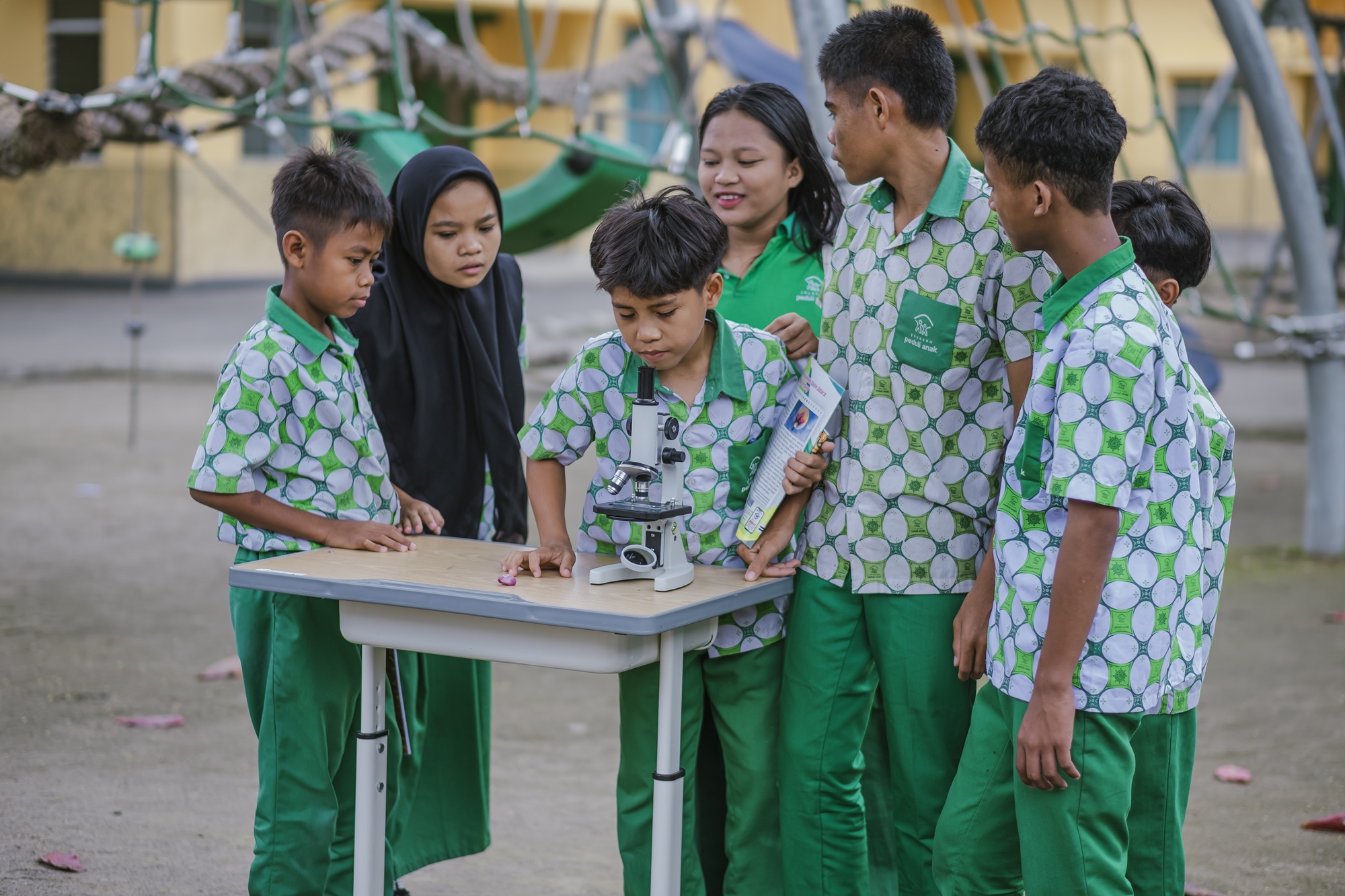
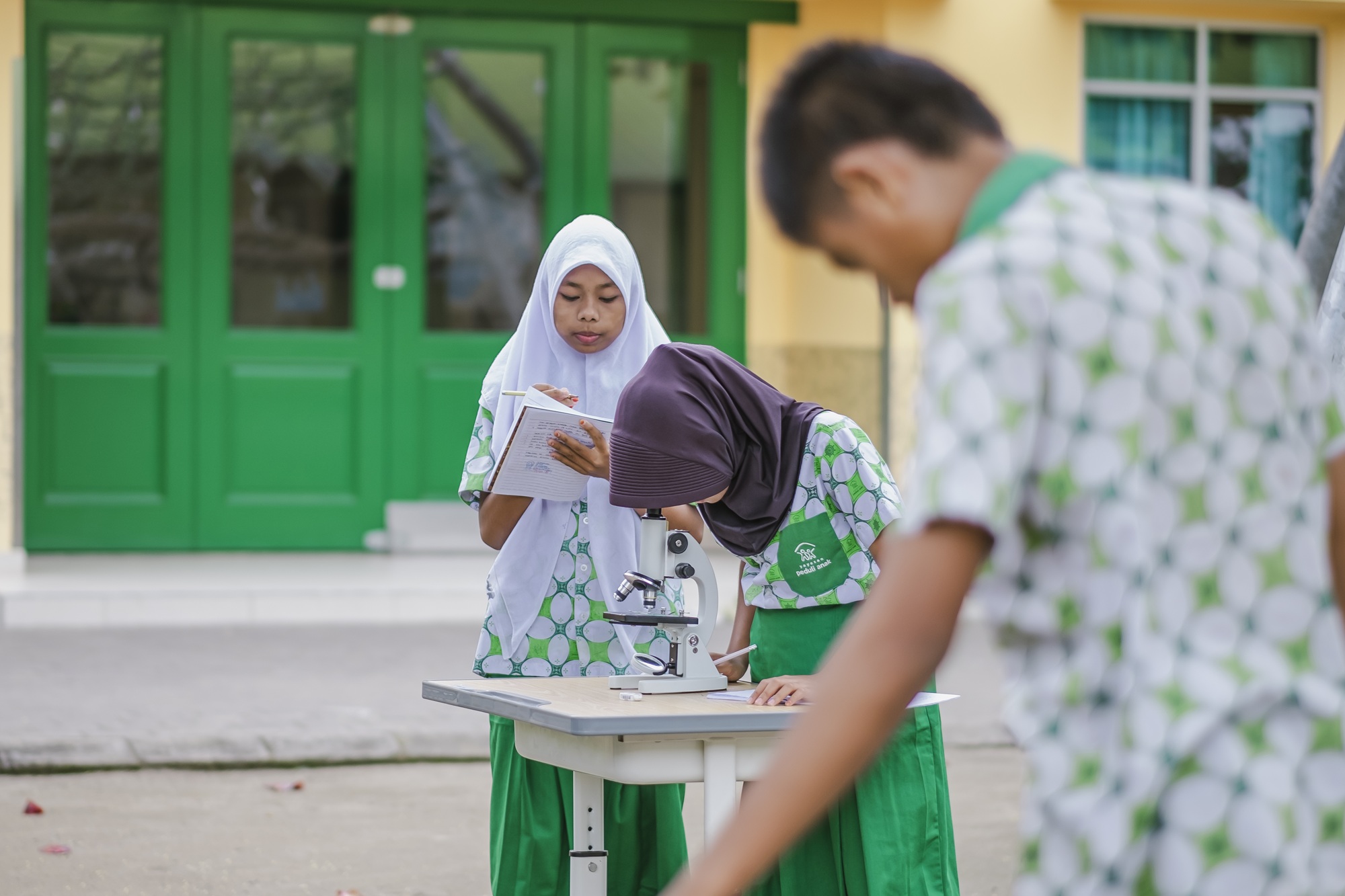
Learning by Doing—Together
To make the learning even more interactive, the class was divided into small groups. Each team had the task of observing the cells, discussing their findings, and creating drawings to describe the shape, size, and texture of what they saw.
This wasn’t just a science experiment—it was a lesson in communication, cooperation, and problem-solving. The students helped one another understand the details, double-checked their work, and compared their notes with other groups.
Working in teams gave the children the opportunity to express their thoughts freely while learning how to respect others’ opinions—an essential skill they can carry beyond the classroom.
Sparking Curiosity and Confidence
One of our goals at Peduli Anak is to ensure that children don’t just memorize facts—they learn to ask questions, explore ideas, and connect learning to the real world.
Science sessions like this help build a strong foundation of curiosity. They show children that learning isn’t only about reading textbooks—it’s about seeing, doing, and experiencing things firsthand. By giving them the tools and guidance, we help nurture their confidence and develop a love of learning that can last a lifetime.
Who knows? Maybe one of these children will grow up to become a biologist, doctor, or science teacher. What matters most is that they believe in themselves—and we’ll be here every step of the way to support them.


